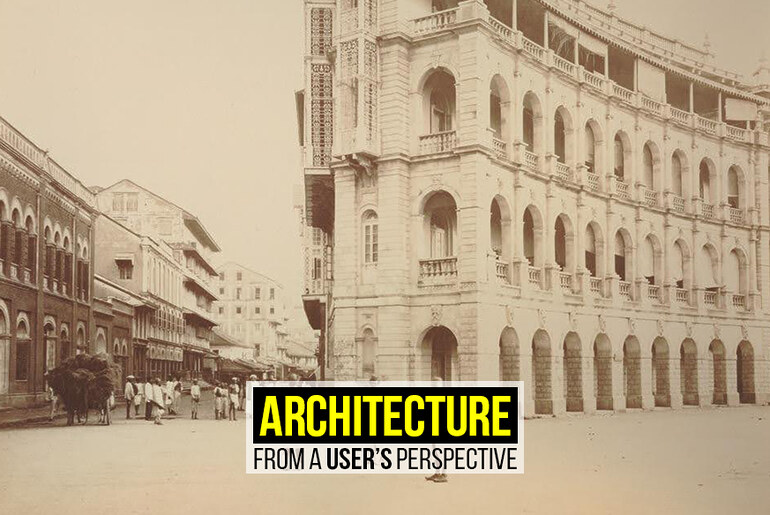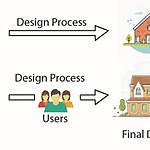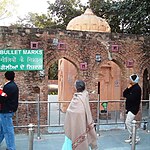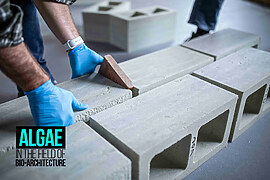Architecture is User Centric
Architecture is perceived as the collaboration of art and science of designing spaces and creating structures. However, architecture extends beyond the aesthetics and functionality of a structure. There is a profound relationship between architecture and its users. Therefore, it is seen that architecture is a user-inclusive process. Understanding the user’s perspective is of utmost importance for creating spaces that relate to the user’s needs and ambitions. It is important to consider how individuals utilize the different corners and areas in space to fulfill their needs and purposes. Having easily accessible exits, comfortable gathering places, and convenient seating are some of the most important aspects of a building from a user’s perspective.
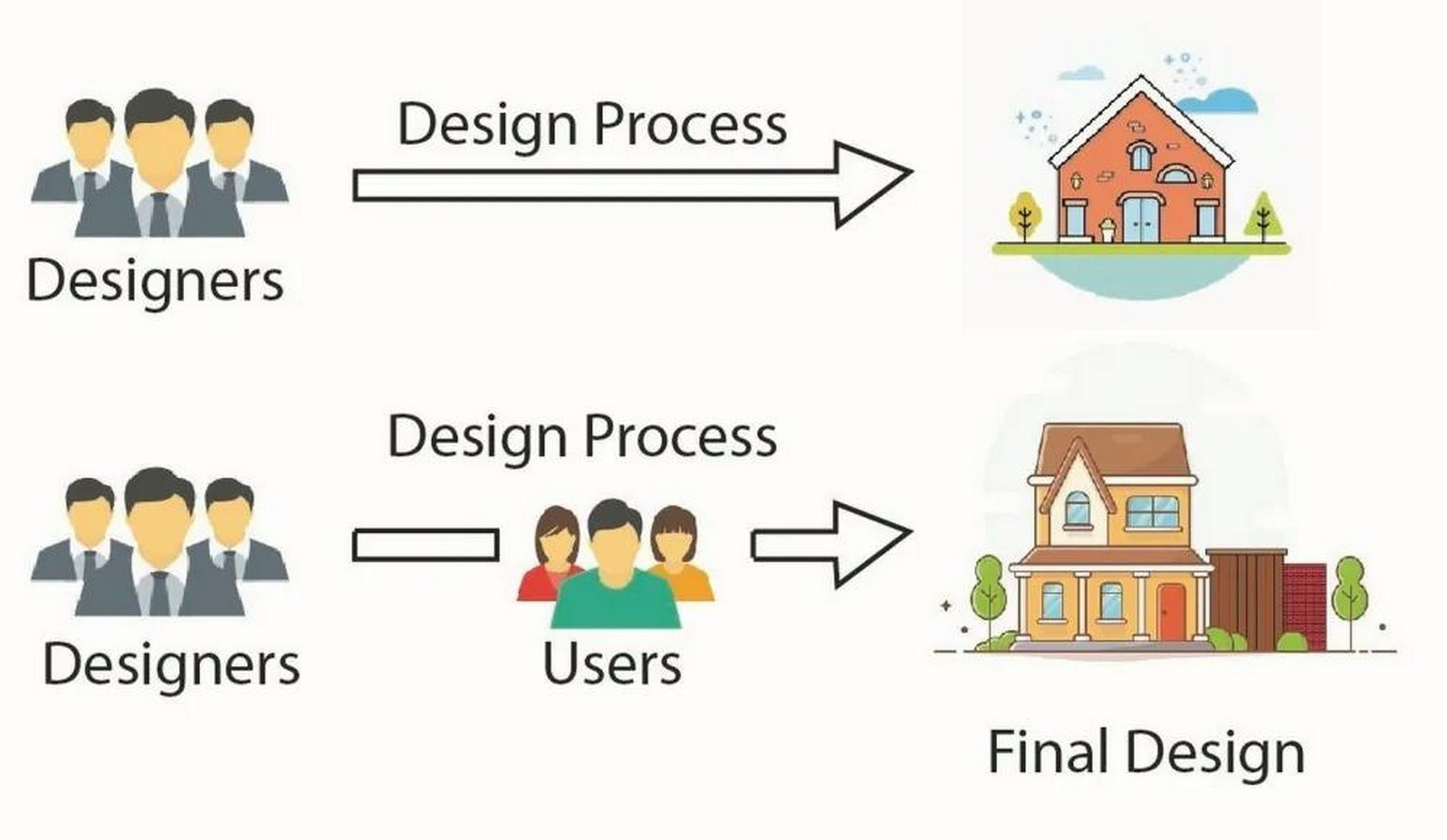
Spatial Planning
In today’s bustling lifestyle where relaxation is seldom a choice, user-centric architecture prioritizes creating spaces that inspire social interconnection, inclusivity, and community engagement while also providing corners that foster solitude and self-reflection time. Along with this, the most important factor that needs to be considered from the user’s perspective is the design’s functionality. Identifiable exits, lesser travel distance, universally accessible, and conveniently maintainable features in a design define a smooth functioning of space. These features not only enhance the overall experience of the users but also ensure their safety and comfort. Ensuring that the functionality within a form of space is efficient and facilitates all activities that occur within, tests the brilliance of a designer. This requires considering factors such as the purpose of the building, the number of users, and the types of activities that take place within.

Face defines the Space
The first and foremost thing that a user perceives in a building is the external façade. It is responsible for setting an image of space as it is considered the face of a building. Facades can imbibe a sense of curiosity among users. It also plays an important role in giving character to the built space. Therefore, a user instinctively feels a connection if the façade or entry of the space is welcoming. It requires a thoughtful approach to design a façade that would not only last an impact on a visitor but also cater to the structure’s primary needs.
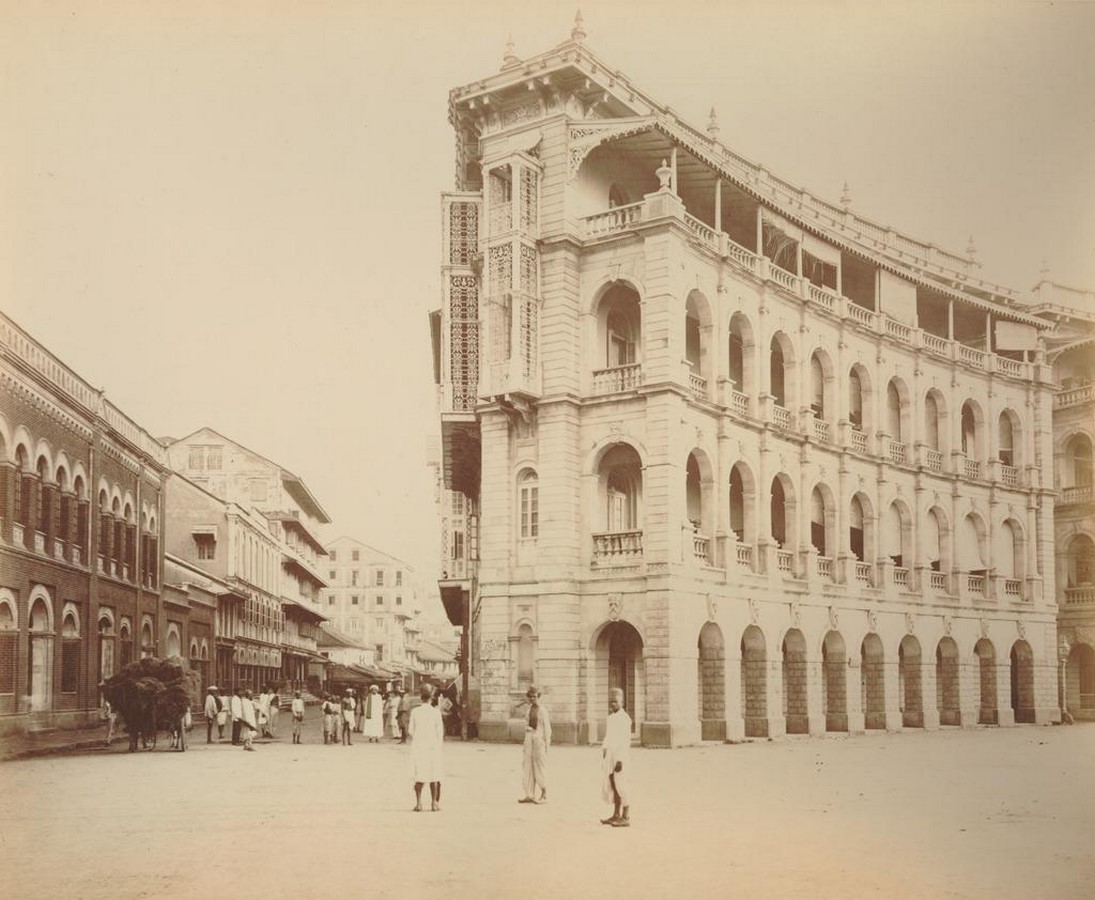
Emotional Experience within a Space
Architectural experience can create an impact on its user’s psychological well-being. Natural elements like sunlight, gardens, water bodies, and similar features are considered to positively affect a user’s mood and mental health. User-centric designing helps create an environment that enhances quality of life and promotes psychological well-being.
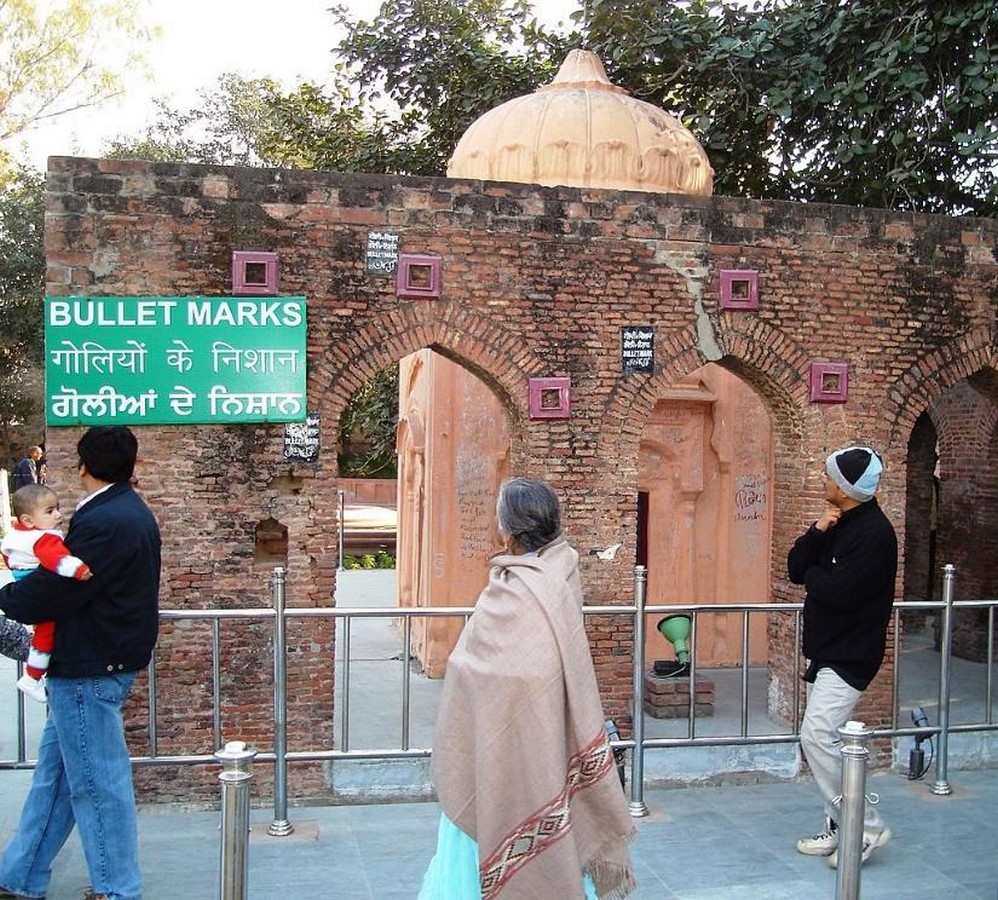
Efficiency Matters
Architects love to think out of the box and create something that would stun the passer-by. But while doing so, the cost bearer should be considered. A user-centric design also takes into consideration the budget of a project, not only the construction cost but also the maintenance required. There are numerous examples where a structure was designed to house some attractive features but was later blighted by the users due to its lack of maintenance. Maintenance, rather efficient maintenance, plays a key role in deciding the future life of a structure. Therefore, to prevent such a situation, the maintenance costs, along with the construction budgetary estimate, should be pre-discussed with the users before installing elements or features that require special care.

Environmental Impact
Industries are now switching towards sustainability. The architecture community is booming at a fast pace in reducing the carbon footprint through their designs. Users are catching up with the trend and therefore should be educated about the advantages of environmentally friendly elements in architecture and must be a part of the discussion. Architecture is not only for humans but also for the flora and fauna of a region. While designing a structure utmost care should be taken to minimize any harm causing the ecosystem of a space. Therefore, an honest attempt to inhabit the ones that lost their home for the development of humans is a kind deed achieved through architecture.

Architecture, when designed considering the user’s perspective, can better a built space to comprehend cultural, social, psychological, and environmental dimensions. User-centric architecture aims to enhance the quality of life and imbibe a sense of belonging, connection, and well-being among individuals and communities. Architects, by understanding the diverse needs, experiences, and objectives of users can create spaces that are not only functional and aesthetically pleasing, but also sustainable for the environment, and socially inclusive, while proving to be emotionally enriching.


